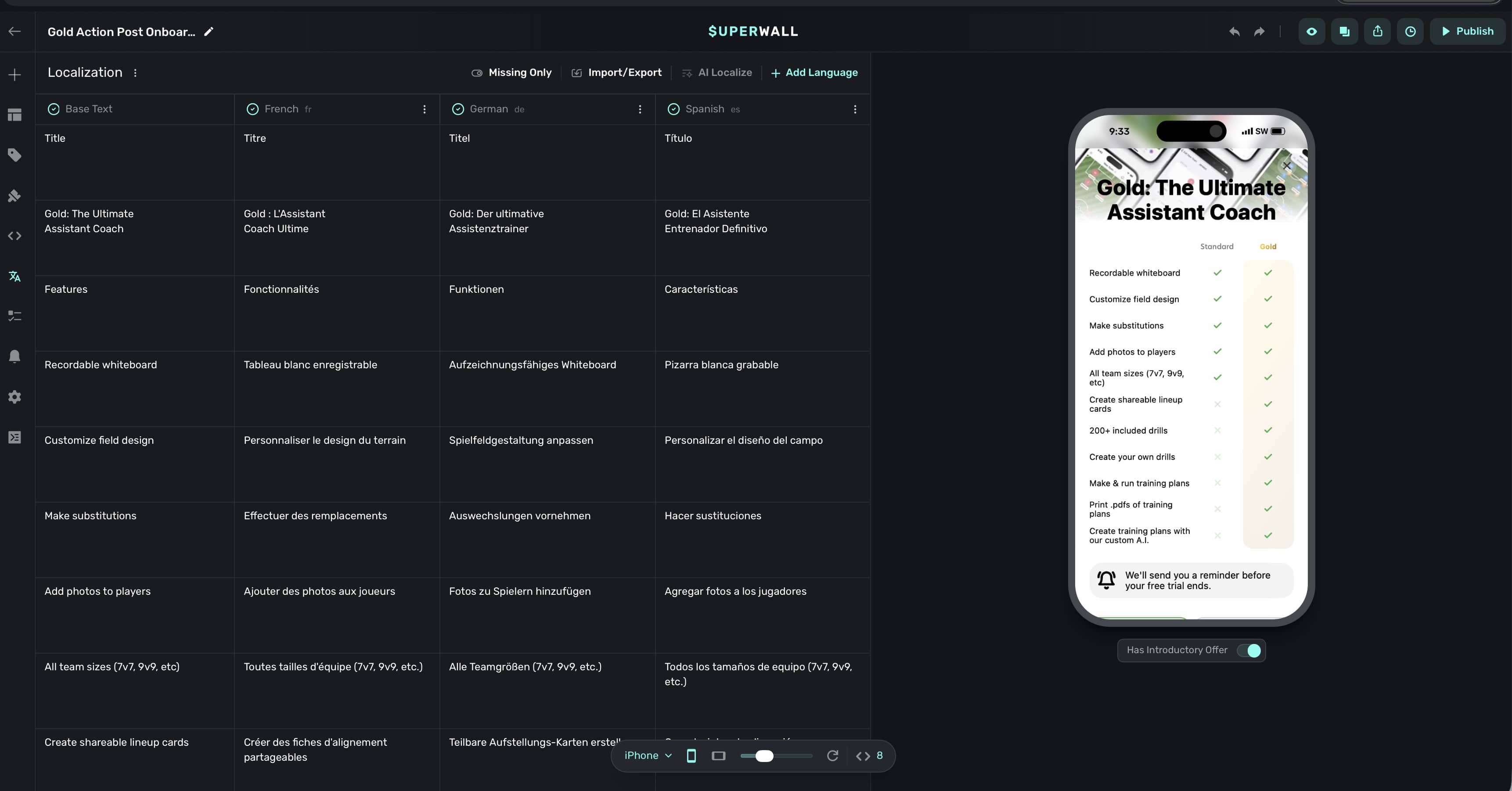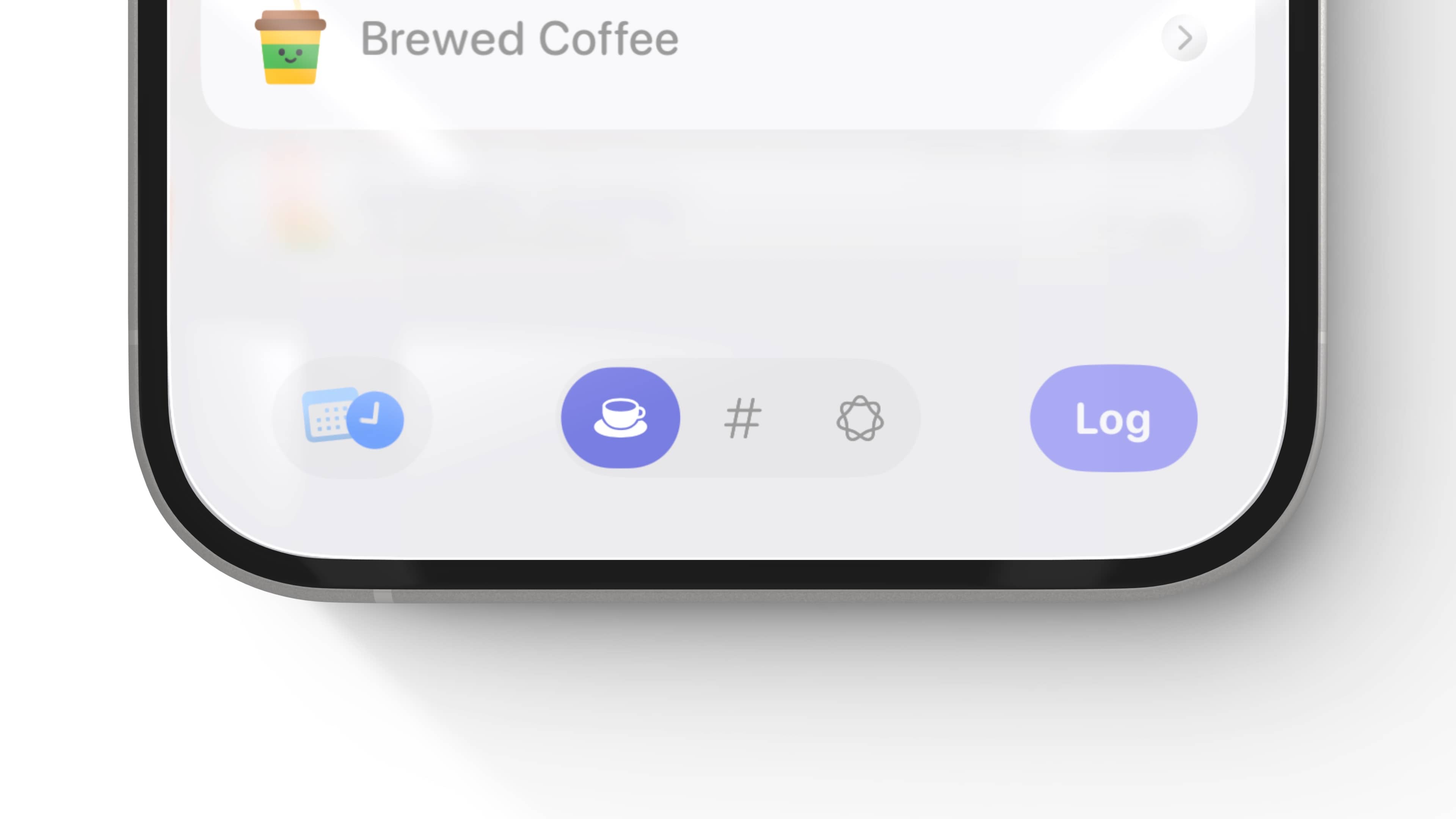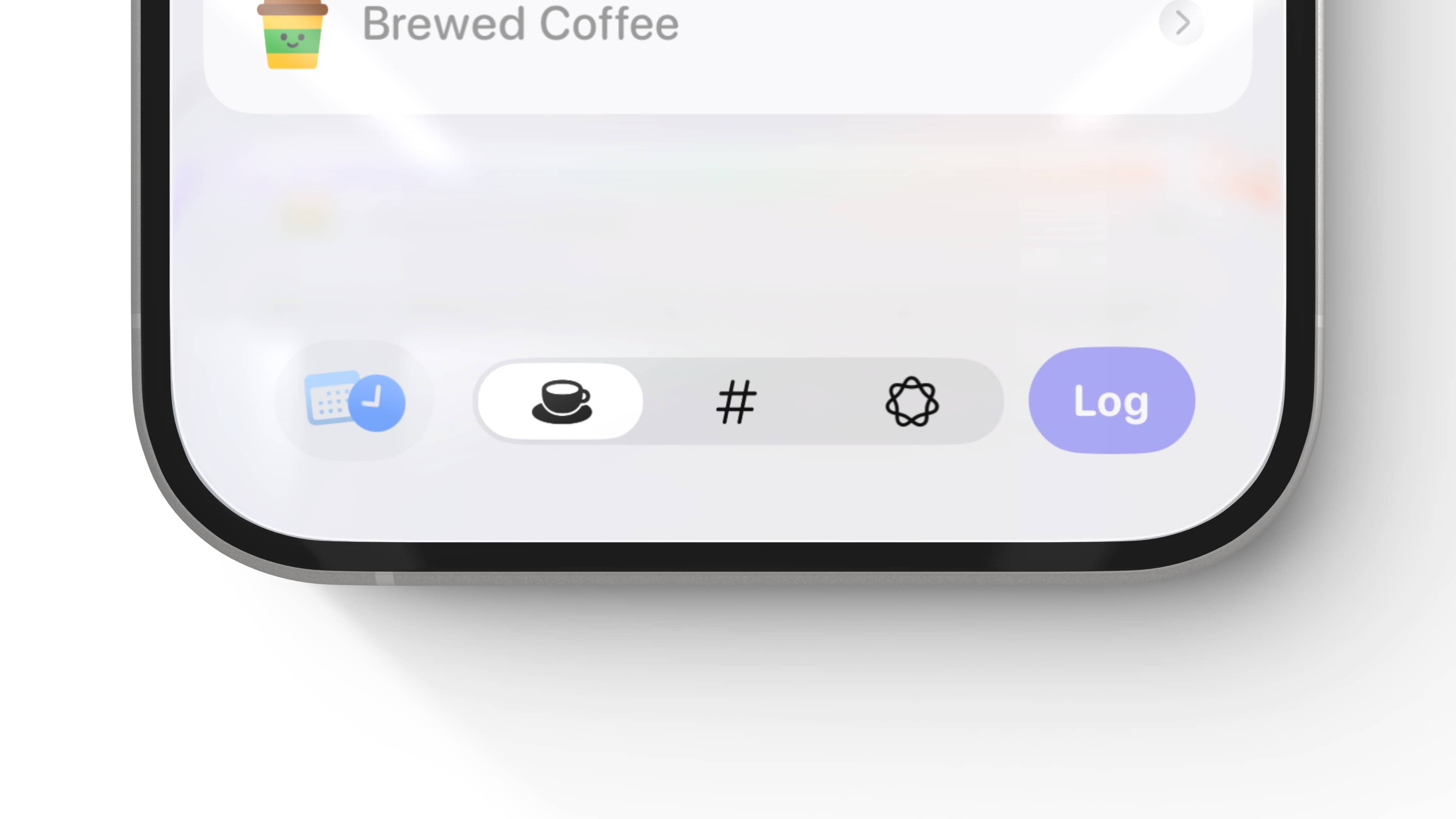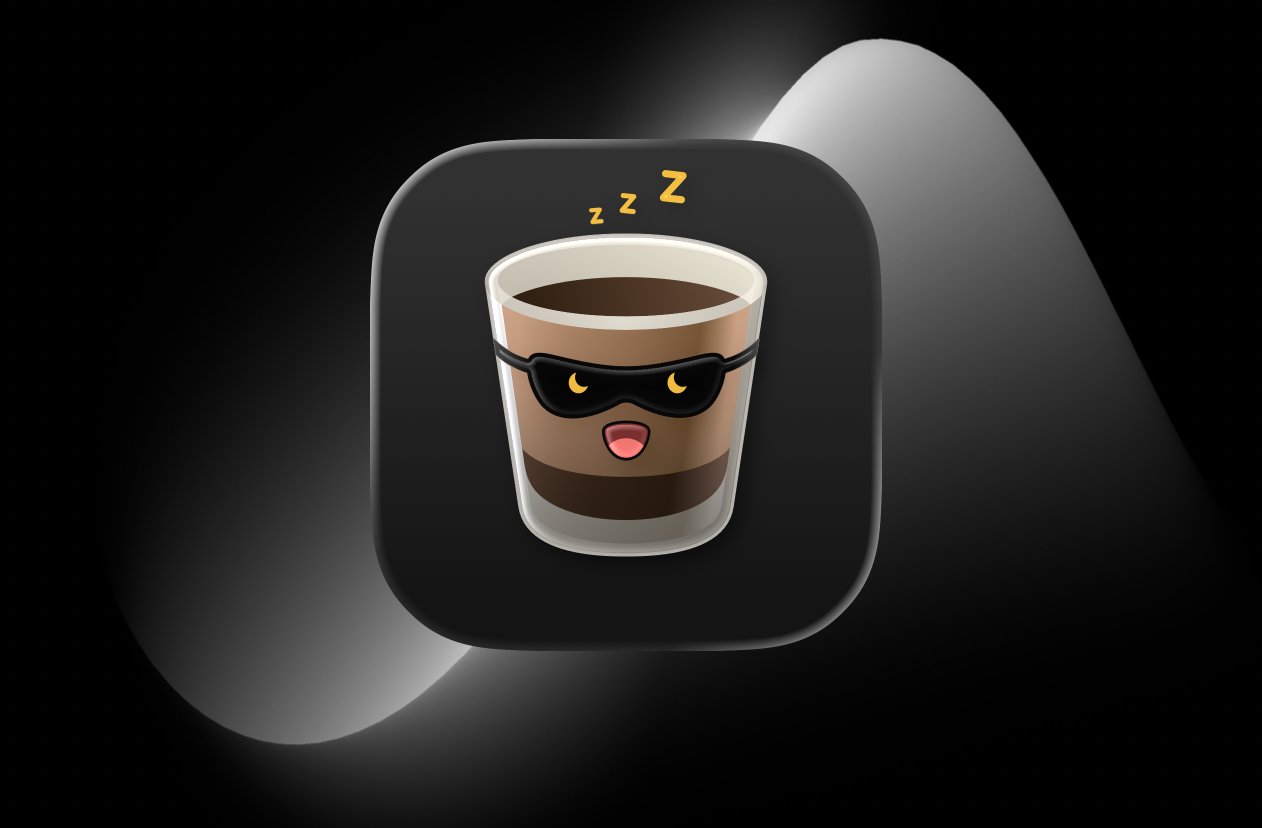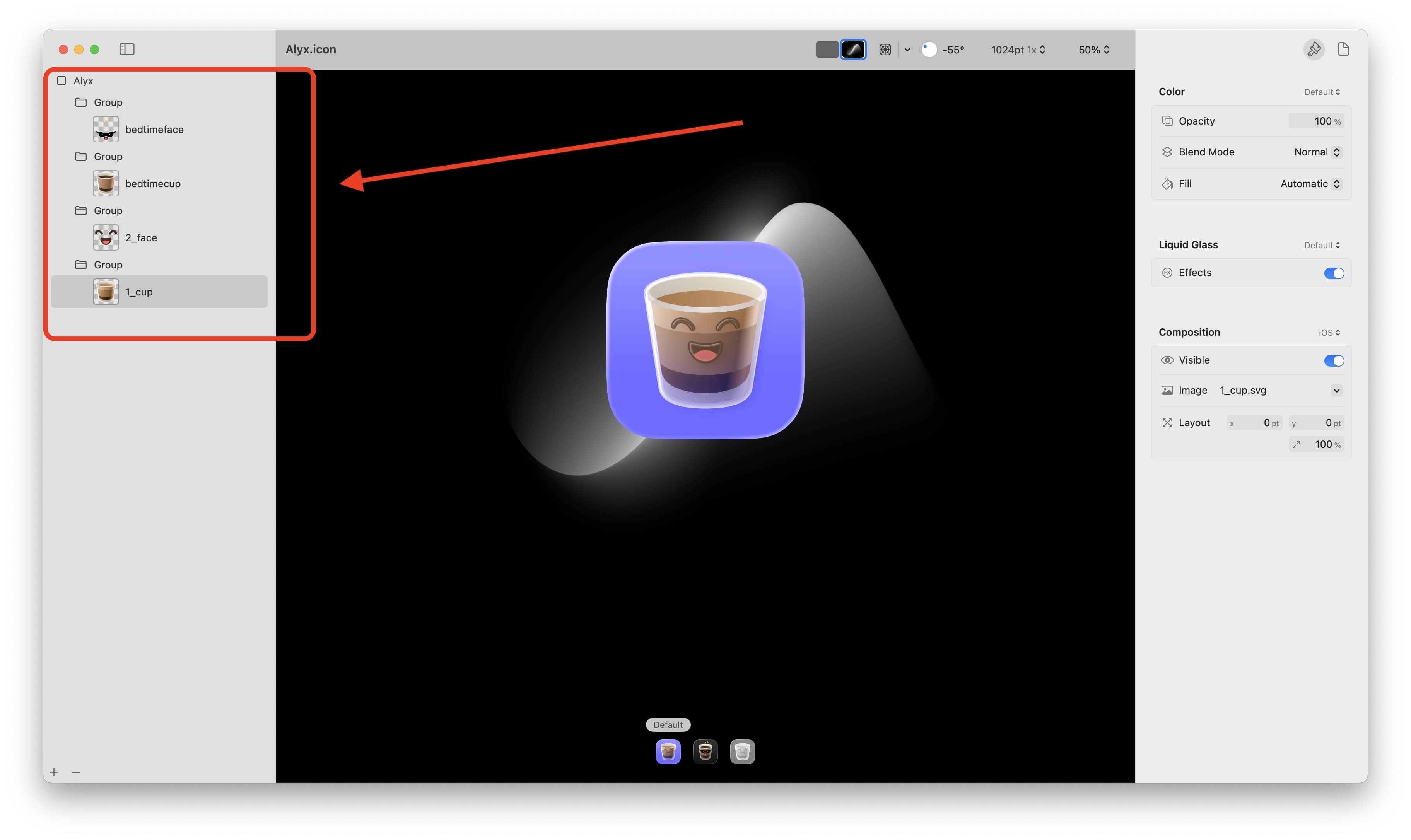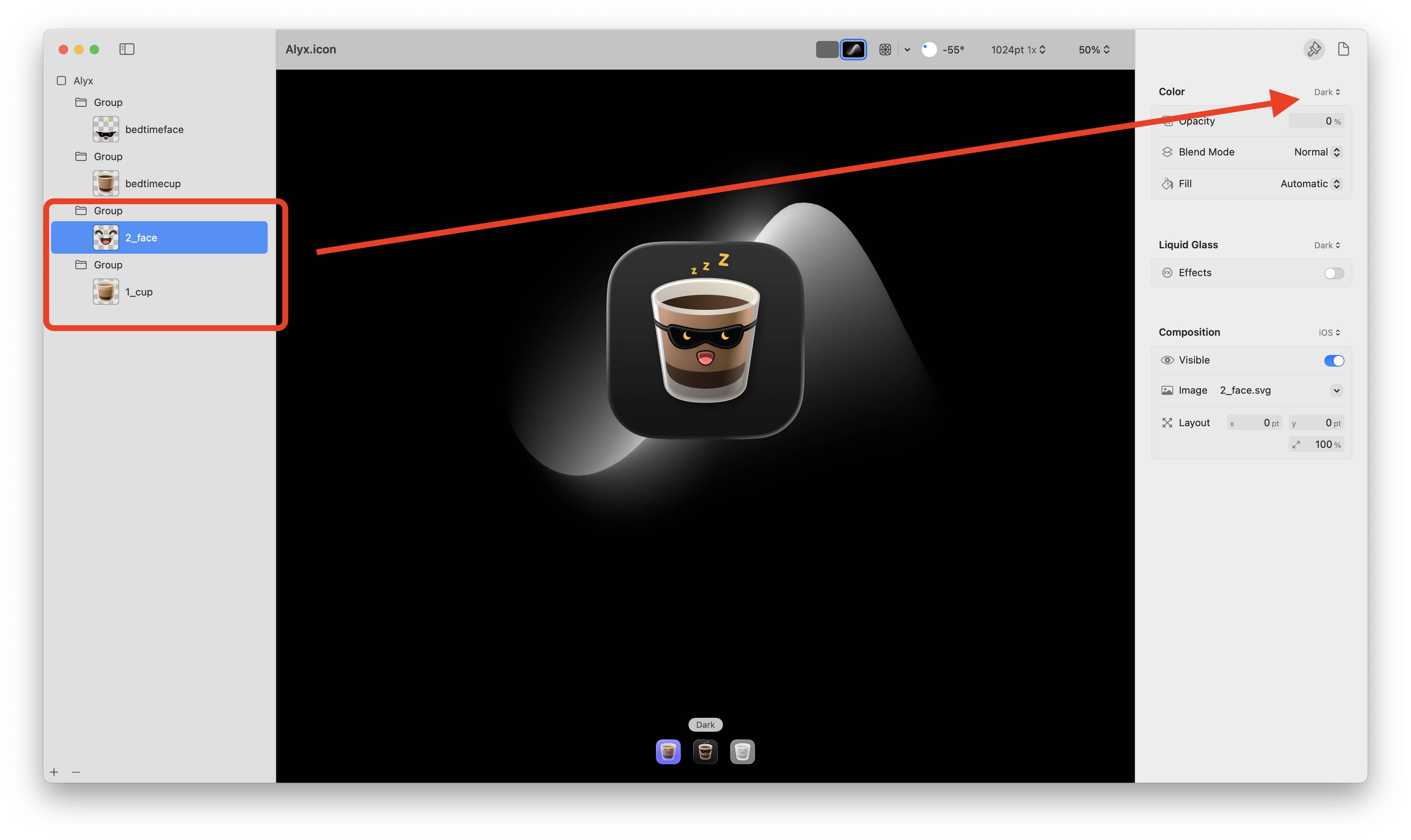A Month of Marketing for Elite Hoops

This post is brought to you by Sentry, mobile monitoring considered "not bad" by 4 million developers.
I’ll keep it short — I’m going to focus on doing a month straight of marketing for Elite Hoops. Xcode will only open if it helps me market something. I’ll try to update this post for the next 30 days on what I’ve tried. Check back each day to see what I’m up to. Think of this post as a live journal.
Wednesday, November 5th
- Researched existing social formats to discover videos I could make for paid ads.
- I found about four or five that I think I could turn around fairly quick.
- One question I have on these - do I go with boosted posts, or actual paid ads?
- I’m also looking at blog posts that are evergreen to help with SEO efforts, the Elite Hoops website will be critical moving forward.
Thursday, November 6th
- One ephinany I had — my app is seasonal, and its season right now. So during my seasonal months, I need to triple down on marketing, and in the off-season I should triple down on feature development. I think not crossing those wires is smart.
- I have a meeting with a marketing agency Friday, exicted to see what that brings.
- One idea I have is to piggyback off of viral workouts that NBA stars used to do, maybe I could build those into Elite Hoops somehow.
Friday, November 7th
- Hired a marketing agency, a 30 day agreement. I’m excited about this - it takes the load off of me for creating content. They’re going to do it.
- That also means I’m a bit free to do other stuff, should it be content marketing? Blogs? Plays on YouTube? Where should I go?
- I’m excited about that viral NBA workout idea I had, that’s pulling me in — so I’m going to explore that starting tomorrow.
Saturday, November 8th
- Absolutely nothing, I was at kid’s sporting events all day.
Sunday, November 9th
- And nothing again, I watched football all day and it was great.
Monday, November 10th
- The marketing agency I’m working with is going to produce 20 videos for me, so content wise I’ll be posting those.
- Since that frees me up, I’m going with this “Thompson Twins” workout idea.
- That’ll include a blog post, another “free tool” I think on the Elite Hoops’ website, and I need to add the drills to the app itself.
- Then, I’m thinking an email marketing campaign, along with reels I have around this to promote. This is lead-gen, since it’ll be free.
Also, here’s how I’m kind of thinking about these 30 days in terms of marketing:
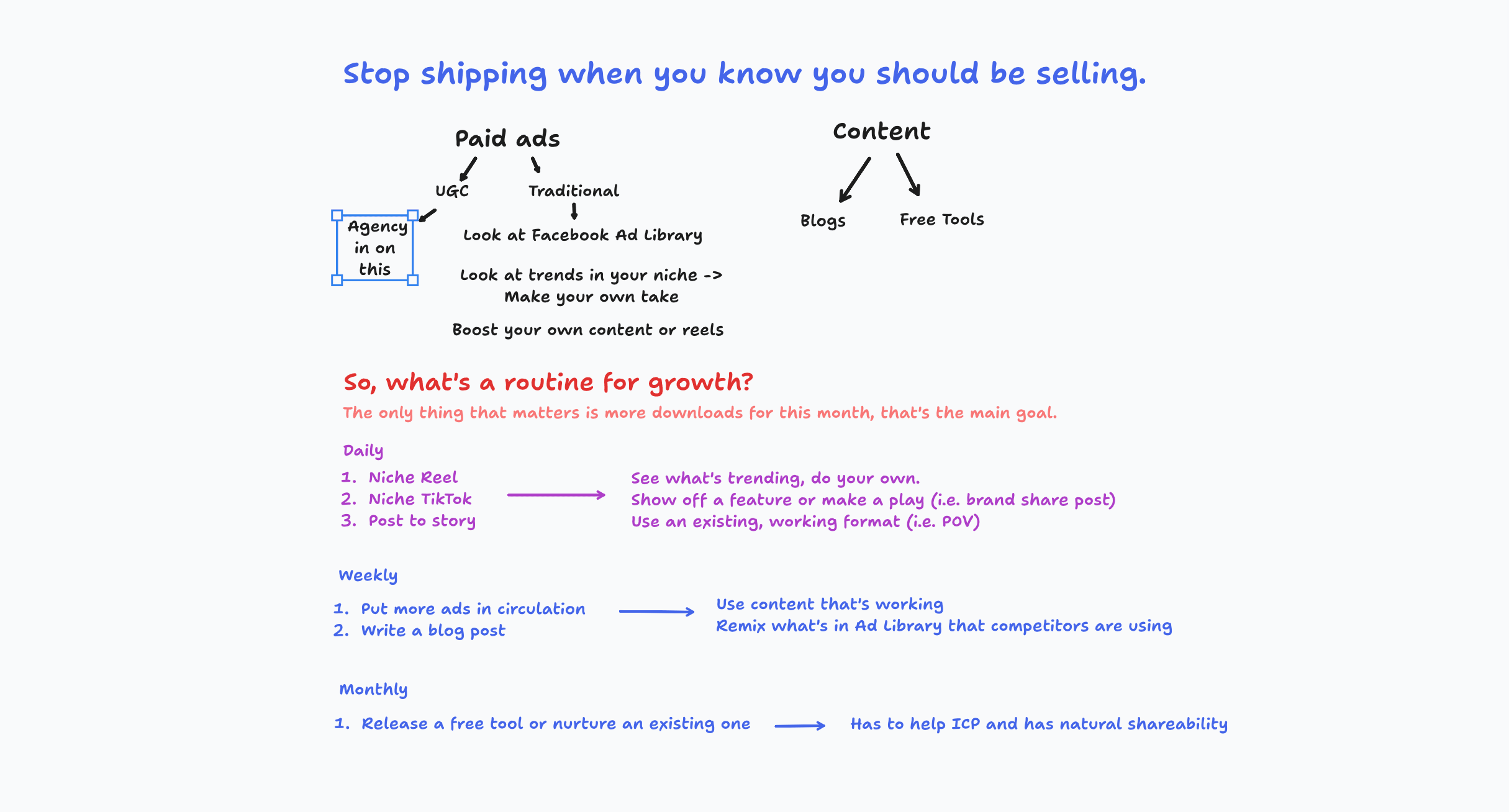
Tuesday, November 11th
- I’ve got the “Thompson Twins Workout” idea all fleshed out now. It’s a free tool on the website, and a template workout in the app.
- The website version will actually be a bit more fleshed out, the workout is insane. So I have a 7 day plan .pdf to work up to it (email gated).
- First up, I need to make the actual .pdf…and this is killing me. It’s soul crushing work making it myself, I would be faster doing it in SwiftUI.
Wednesday, November 12th
- I added some more quotes to the basketball quotes post.
- I’m slogging through this .pdf…I hate working on it and I have no idea why. I think because it’s hard for me to make it pretty, easily.
- But, it has to be done because the rest of the project hinges on it.
Thursday, November 13th
- If you were wondering, I still hate this .pdf.
- BUT also, I nailed down the design, and I’m almost done with it! It’s seven pages, so even though I had the content, I needed the design to, well, perfect. It’s the centerpiece of the whole package.
- The marketing agency has nailed down formats and creators, so that should start bearing fruit soon.
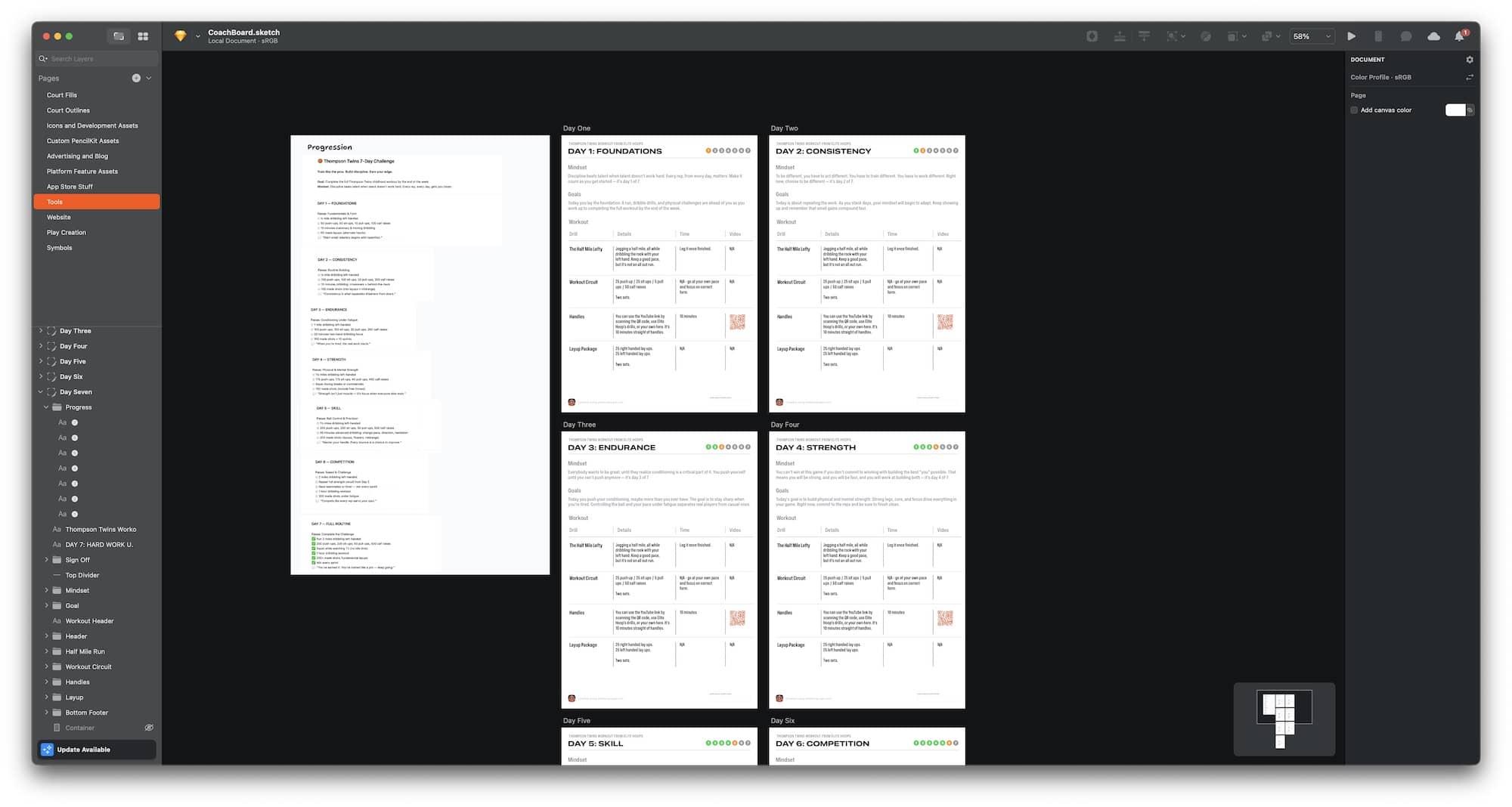
Friday, November 14th
- Game planned with my marketing agency, we should have videos next week.
- I updated some blog posts which are starting to rank and drive good SEO results.
- I had to rework some of the workouts for the Thompson Twins workout, but I’m happy with it now.
Saturday, November 15th
- Did nothing!
Sunday, November 16th
- And then I did nothing again!
Monday, November 17th
- Everyone, an announcement: I HAVE FINISHED THE .pdf! What a battle, seven whole pages. But it turned out nice, and I had to nail it.
- Met with the marketing agency, reviewed formats — we’re ready to record!
- Started in on the web dev side of things, which shouldn’t take too long to finish. Famous last words, I guess.
Tuesday, November 18th
Coming soon, check back at this date to see what I marketed.
Wednesday, November 19th
Coming soon, check back at this date to see what I marketed.
Thursday, November 20th
Coming soon, check back at this date to see what I marketed.
Friday, November 21st
Coming soon, check back at this date to see what I marketed.
Saturday, November 22nd
Coming soon, check back at this date to see what I marketed.
Sunday, November 23rd
Coming soon, check back at this date to see what I marketed.
Monday, November 24th
Coming soon, check back at this date to see what I marketed.
Tuesday, November 25th
Coming soon, check back at this date to see what I marketed.
Wednesday, November 26th
Coming soon, check back at this date to see what I marketed.
Thursday, November 27th
Coming soon, check back at this date to see what I marketed.
Friday, November 28th
Coming soon, check back at this date to see what I marketed.
Saturday, November 29th
Coming soon, check back at this date to see what I marketed.
Sunday, November 30th
Coming soon, check back at this date to see what I marketed.
Monday, December 1st
Coming soon, check back at this date to see what I marketed.
Tuesday, December 2nd
Coming soon, check back at this date to see what I marketed.
Wednesday, December 3rd
Coming soon, check back at this date to see what I marketed.
Thursday, December 4th
Coming soon, check back at this date to see what I marketed.
Until next time ✌️
